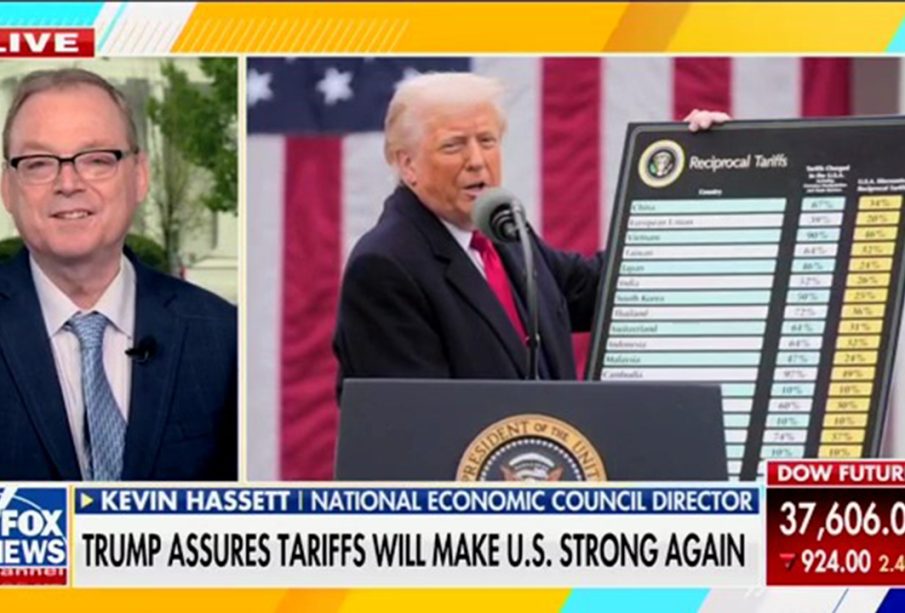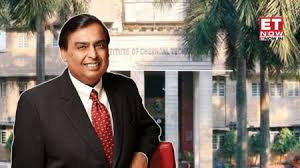Understanding the Tariff Pause and Its Economic Impact

Introduction
The recent decision by the Indian government to consider a temporary tariff pause has sparked considerable discussions among economists, policymakers, and businesses. This pause is seen as a crucial maneuver to stimulate the economy, control inflation, and enhance trade relationships with various countries. Understanding the implications of this tariff pause is vital for stakeholders across various sectors in India.
What is the Tariff Pause?
A tariff pause refers to the temporary suspension or reduction of tariffs on certain goods and services, allowing for smoother trade dynamics. In India, the government has considered this approach amid rising inflation and the need for affordable imports, particularly in sectors such as agriculture, pharmaceuticals, and electronics. The objective is to ease the financial burden on consumers and businesses while ensuring sufficient supply in the market.
Reasons Behind the Tariff Pause
1. **Combatting Inflation**: India has faced considerable inflationary pressures due to supply chain disruptions, exacerbated by global events and crises. By pausing tariffs, the government aims to lower the cost of goods, ultimately benefitting consumers.
2. **Encouraging Trade**: The tariff pause is also expected to foster better trade relations with countries facing similar economic challenges. This move may open doors for greater imports, particularly when domestic production is unable to meet demand.
3. **Stimulating Economic Growth**: Analysts believe that reducing tariffs can enhance domestic consumption and incentivize businesses to invest and expand. By making goods more affordable, consumer spending could increase, which is vital for economic recovery.
Current Events and Reactions
Recently, various industry stakeholders have welcomed the proposed tariff pause, asserting that it could alleviate current market tensions. The Confederation of Indian Industry (CII) has advocated for specific tariffs on essential goods to be paused in light of soaring prices. Furthermore, economists are closely monitoring global commodity prices to assess how this move might align with international market trends.
Conclusion
The potential tariff pause marks a significant strategy for the Indian government to navigate economic challenges. While the long-term effects of such a pause remain to be seen, stakeholders are hopeful that it will pave the way for a more resilient economy. As the implementation progresses, consumers, businesses, and policymakers must remain watchful of both local and global economic indicators to fully grasp the implications of this vital decision.









